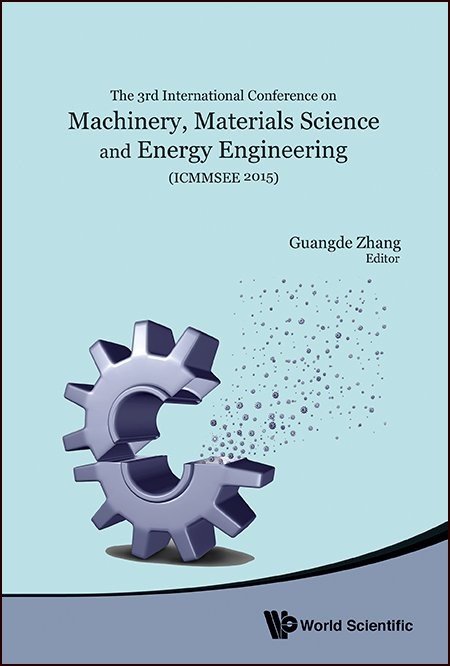Studies on the Discharge Characteristics of CO2 in the Plate-Plate and Sphere-Sphere Electrodes
Aiming at investigating the insulation characteristics of CO2, both power frequency withstands voltage and lightning impulse test were performed in the present work, at an ambient temperature and a certain relative humidity. Two types of electrodes, plate-plate and sphere-sphere, were selected while the gap of the electrodes and the gas pressure varied in the tests. The experimental results indicate that the insulation strength of CO2 (with a purity of 99.99%) is improved with the increase of electrode gap and gas pressure, which is in good consistence with the variation tendency described in the classical breakdown theory. In power frequency withstand voltage test, the insulation characteristics of CO2 is enhanced significantly when the gap pressure reaches 0.6 MPa. In lightning impulse test, the insulation characteristics of CO2 at 0.5 and 0.6 MPa are almost identical with each other. In a uniform electric field, the polarity effect in lightning impulse tests is minor. Contrarily, the polarity effect is remarkable in a quasi-uniform electrode, specifically the breakdown voltage of reverse impulse is far less than it of forward impulse and their difference reduces with the decreasing gap. In a conclusion, when applied in a 110kV device, the pressure of insulating gas CO2 should be not less than 0.6 MPa.



